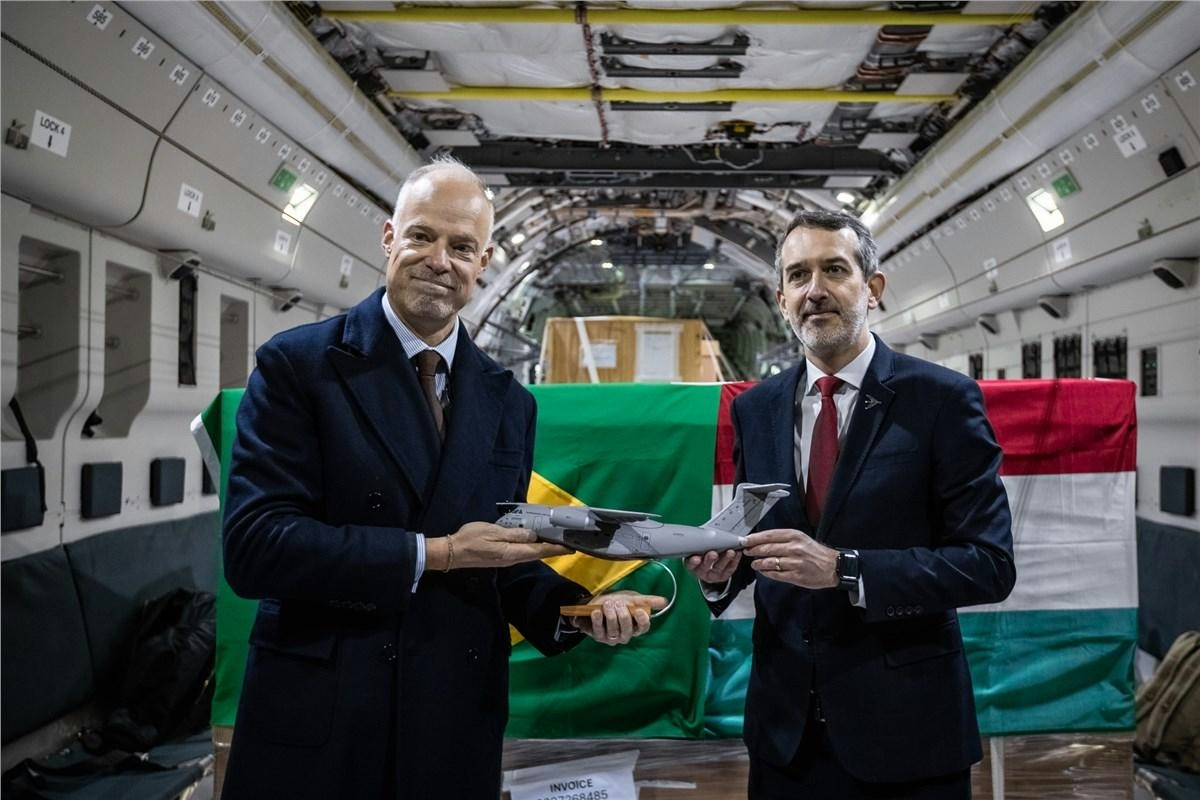
AeroGenie — 您的智能副驾驶。
热门趋势
Categories
Preliminary Report Released on Air India Crash That Killed 260
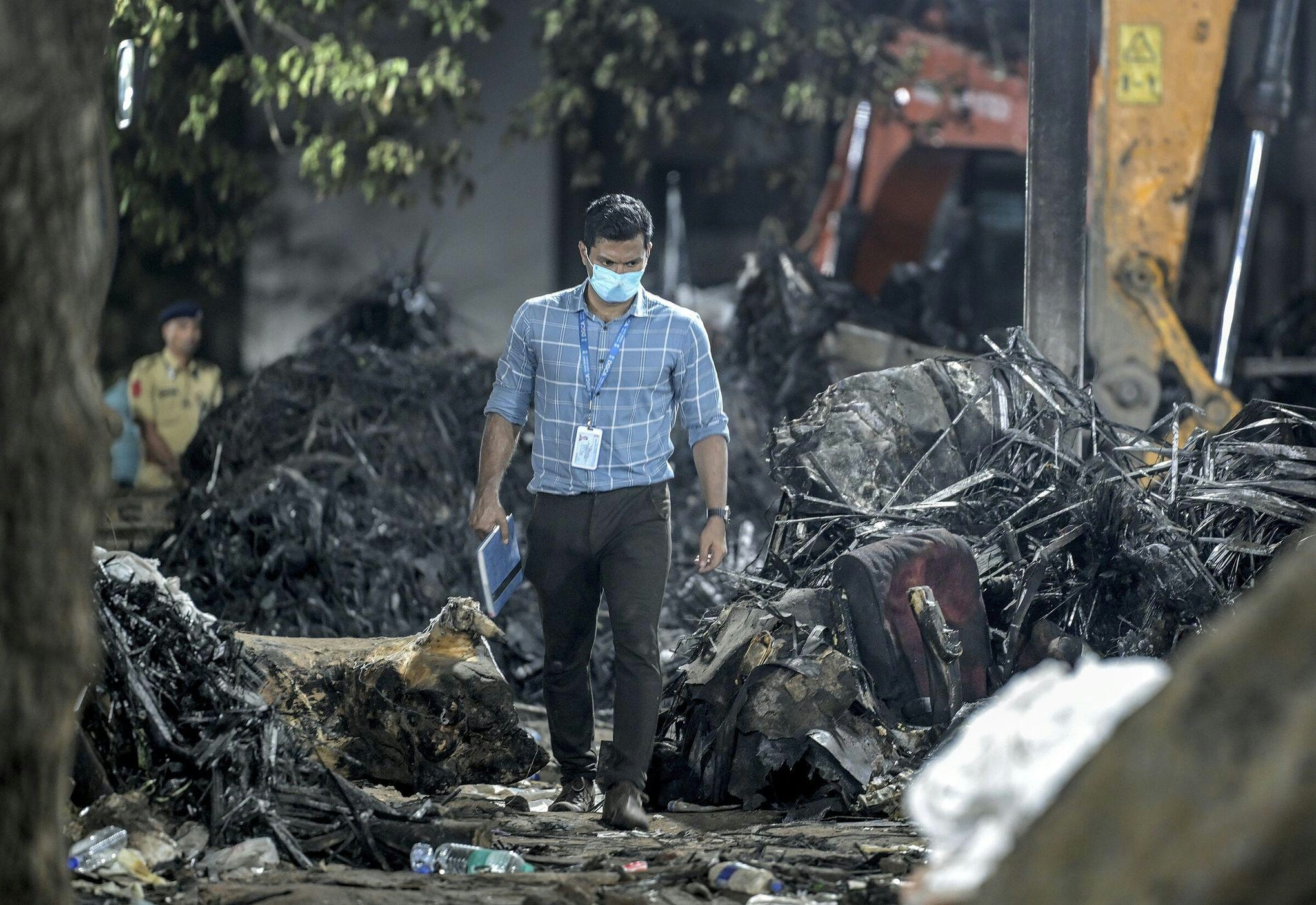
Preliminary Report Released on Air India Crash That Killed 260
India’s Aircraft Accident Investigation Bureau (AAIB) has published a comprehensive 15-page preliminary report detailing the cockpit events preceding the tragic Air India crash that resulted in the loss of 260 lives. The report meticulously reconstructs the final moments after takeoff, providing new insights into the aircraft’s systems and the actions taken by the flight crew.
Sequence of Events Leading to the Crash
The AAIB report states that the aircraft reached its maximum recorded airspeed of 180 knots at 08:08:42 UTC. Immediately following this, both Engine 1 and Engine 2 fuel cutoff switches were moved from the RUN to the CUTOFF position within a second of each other. Cockpit voice recordings reveal a tense exchange between the pilots, with one questioning the other about the fuel cutoff, and the second pilot denying any initiation of the action.
Shortly thereafter, at 08:08:52 UTC, the Engine 1 fuel cutoff switch was returned to the RUN position, followed by Engine 2 four seconds later. Despite these corrective measures, a distress call was issued at 08:09:05 UTC, with a pilot declaring “MAYDAY MAYDAY MAYDAY” to air traffic control. No response was received, and ground controllers observed the aircraft crash moments later.
Implications for Air India and the Aviation Industry
The preliminary findings have intensified scrutiny of Air India’s operational safety protocols. In response, the airline has launched additional safety inspections across its Dreamliner fleet, leading to flight delays and cancellations. These disruptions have heightened passenger anxiety, with market data indicating a discernible shift as Indian travelers increasingly avoid certain carriers due to safety concerns.
While competitor airlines have not yet issued formal statements, industry analysts emphasize that Air India’s transparent approach to the investigation will be pivotal in shaping public perception and sustaining operational confidence. The airline’s reputation now depends on its capacity to address safety issues effectively and to reassure both regulators and the traveling public as the investigation progresses.

Aviation Maintenance, Repair, and Overhaul Sector Set for Growth
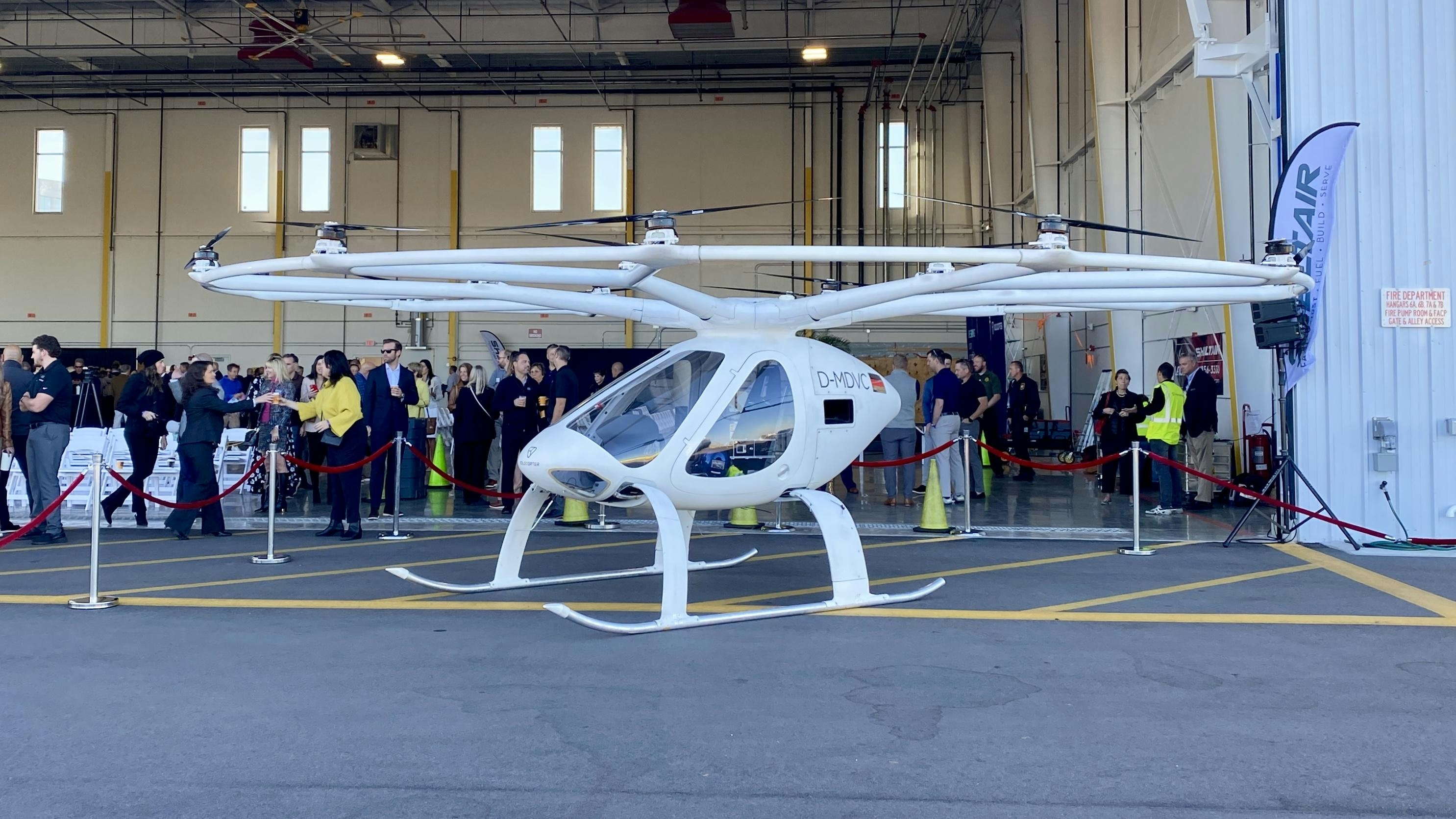
Central Florida Emerging as Leading Location for Future Air Taxis

Dassault Aviation and Thales Partner on AI for Future Air Combat
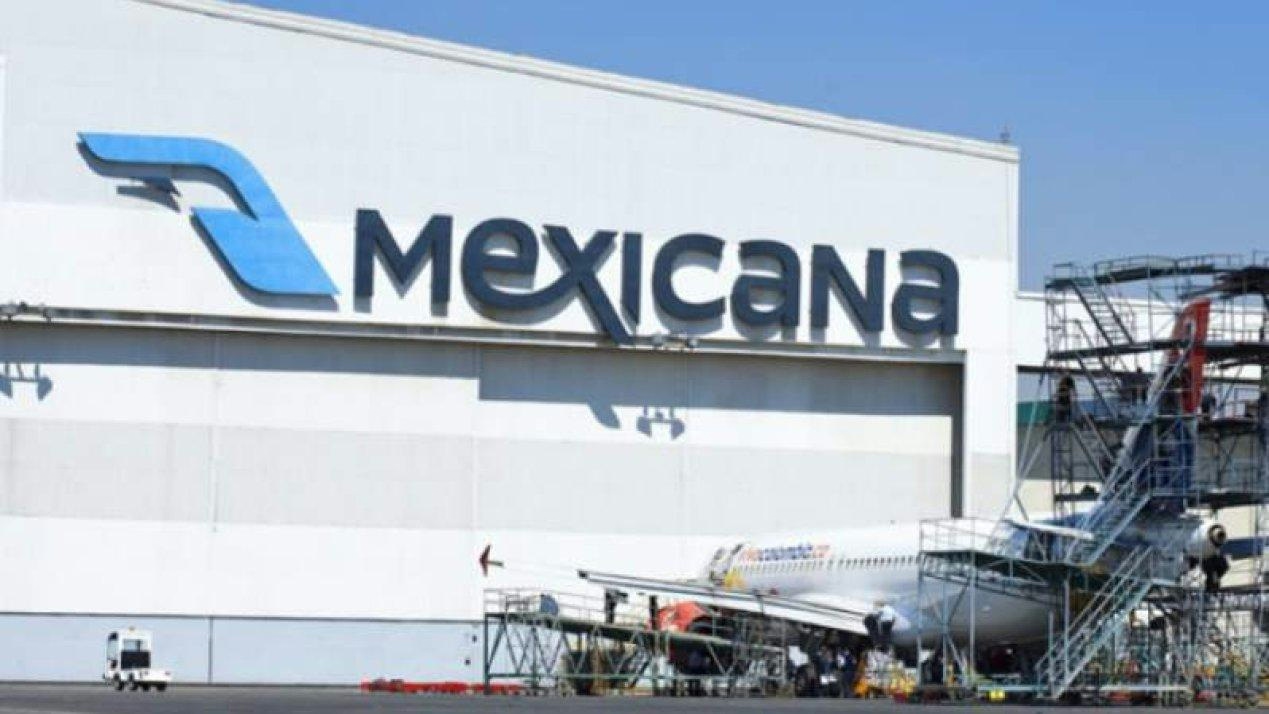
Mexicana MRO Deal Stalls Pending Banorte Extension Approval
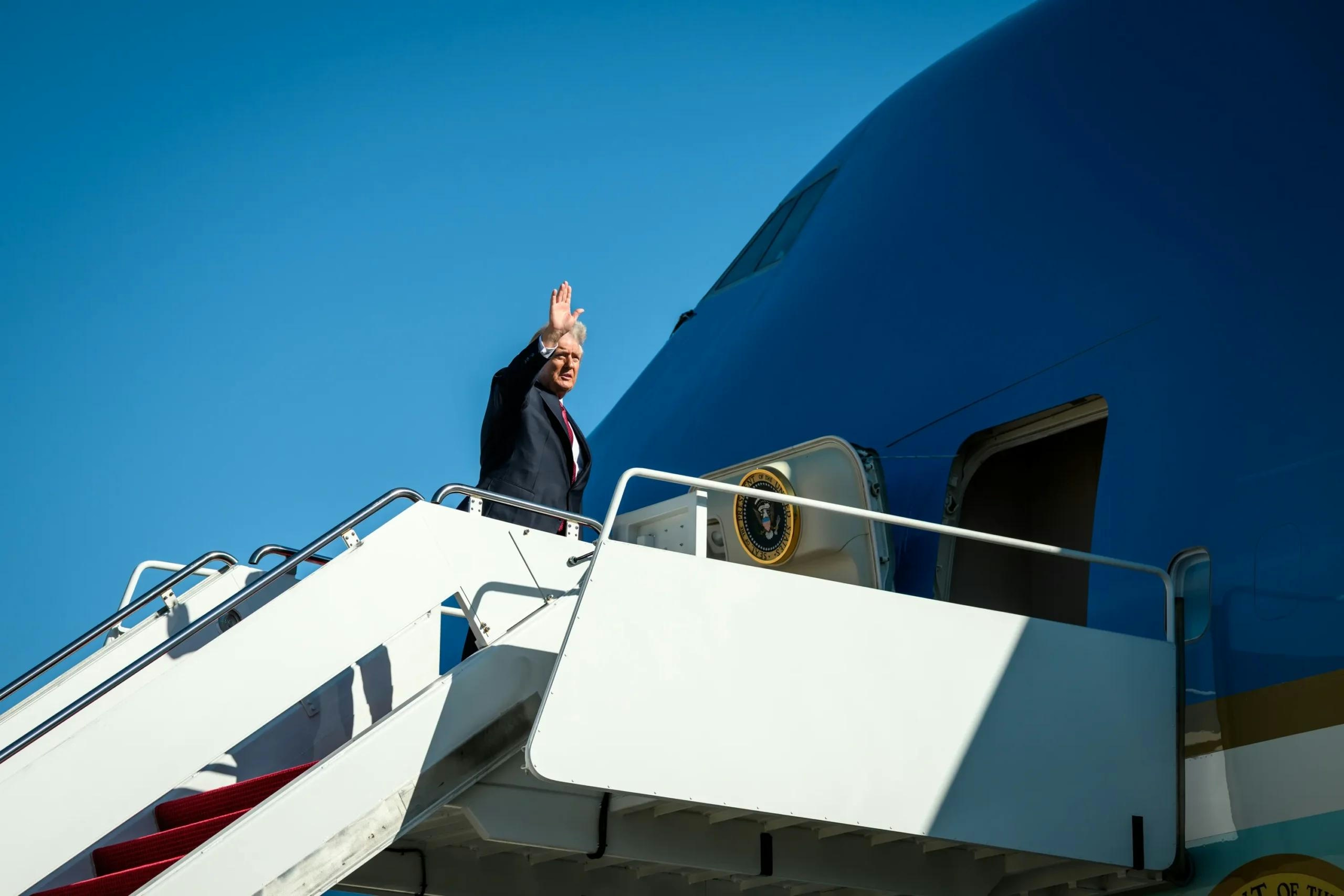
Trump's Policy on DEI Raises Concerns Over Aircraft Mechanic Training
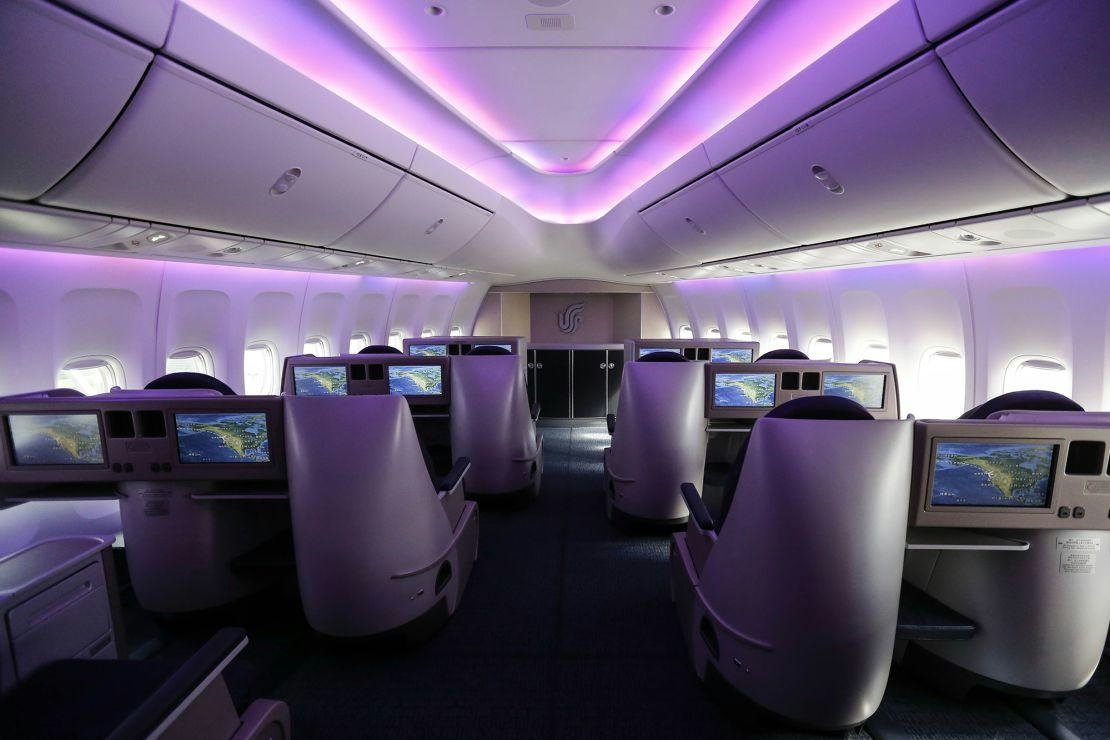
Why Boeing’s 747 Lacks a Full Second Deck Unlike the Airbus A380

Deutsche Aircraft Appoints Ernst-Georg Schröder Manager of Final Assembly Line for D328eco
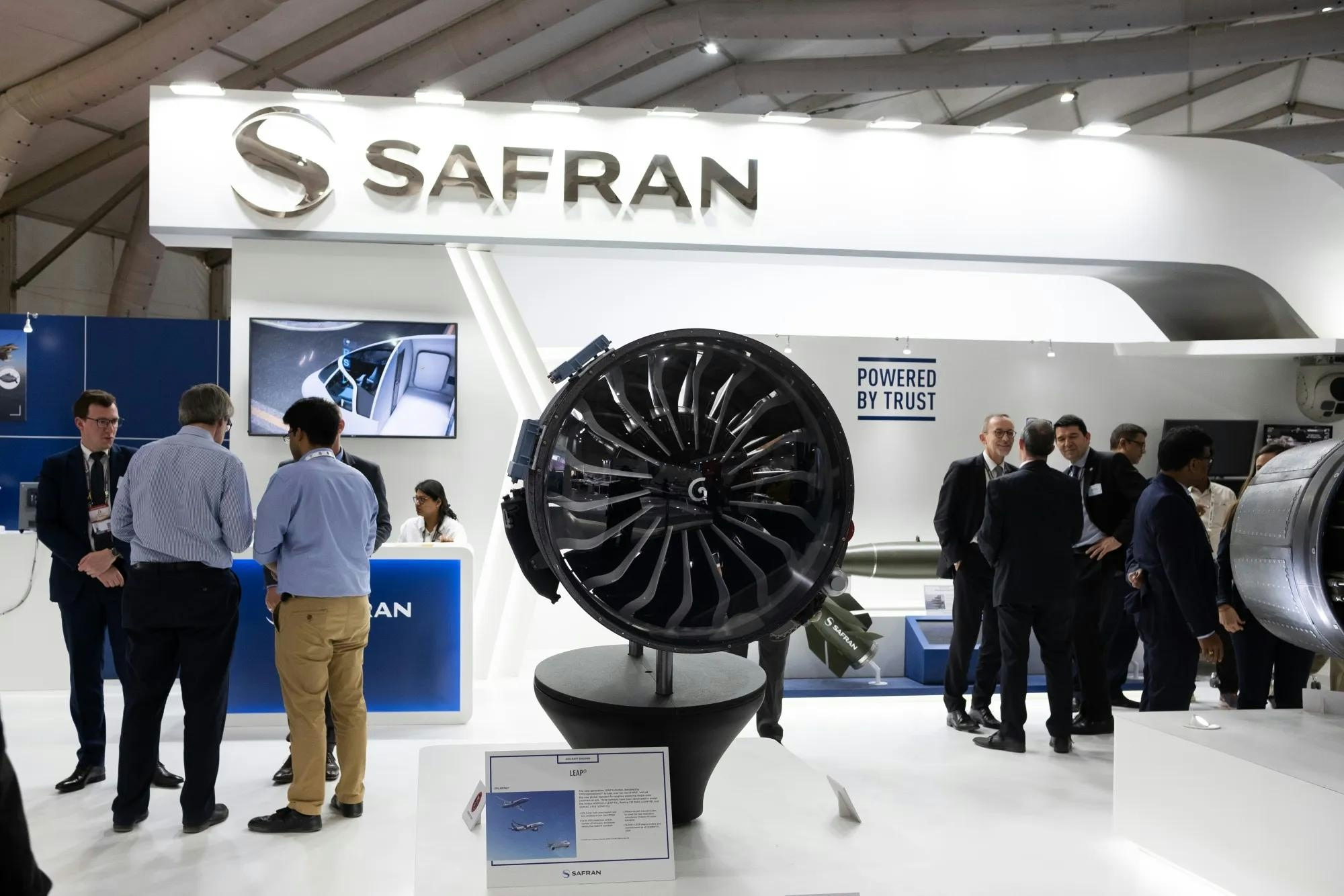
PM to Inaugurate Safran Aircraft Engine Services Facility in India on November 26
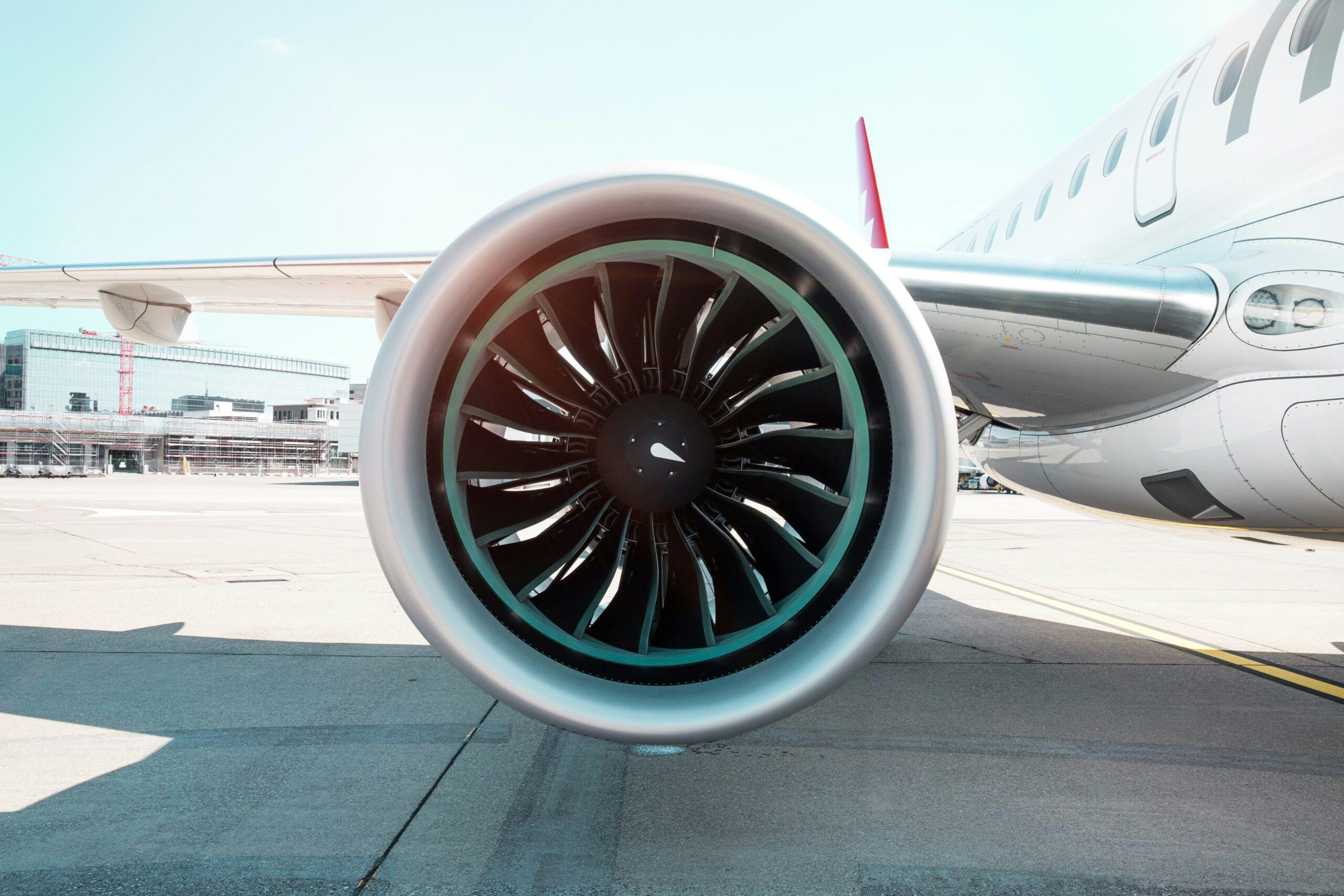
Leading Companies in Aviation Artificial Intelligence: Airbus, Amazon, Lockheed Martin, Tata Power, Thales
